2-氨基-4-硝基苯甲醚, 99%,2-Amino-4-nitro anisidine
产品编号:西域试剂-WR179795| CAS NO:99-59-2| MDL NO:MFCD00007261| 分子式:C7H8N2O3| 分子量:168.15
本网站销售的所有产品仅用于工业应用或者科学研究等非医疗目的,不可用于人类或动物的临床诊断或者治疗,非药用,非食用,
| 产品名称 | 2-氨基-4-硝基苯甲醚, 99% |
|---|---|
| 英文名称 | 2-Amino-4-nitro anisidine |
| CAS编号 | 99-59-2 |
| 产品熔点 | 117-119 °C(lit.) |
| 产品沸点 | 351.8±22.0 °C at 760 mmHg |
| 产品密度 | 1.3±0.1 g/cm3 |
| 产品闪点 | 166.6±22.3 °C |
| 精确质量 | 168.053497 |
| PSA | 81.07000 |
| LogP | 1.69 |
| 外观性状 | 橙色至棕色粉末 |
| 蒸气压 | 0.0±0.8 mmHg at 25°C |
| 折射率 | 1.601 |
| 溶解性 | Slightly soluble. |
| 稳定性 | 避免与强氧化剂接触。 |
| 储存条件 | 储存于阴凉、通风的库房。远离火种、热源。防止阳光直射。包装密封。应与氧化剂分开存放,切忌混储。配备相应品种和数量的消防器材。储 区应备有合适的材料收容泄漏物。 |
相关文档
化学品安全说明书(MSDS)
下载MSDS质检证书(COA)
相关产品
| 符号 |
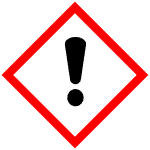
GHS07 |
|---|---|
| 信号词 | Warning |
| 危害声明 | H315-H319-H335 |
| 警示性声明 | P261-P305 + P351 + P338 |
| 个人防护装备 | dust mask type N95 (US);Eyeshields;Gloves |
| 危害码 (欧洲) | Xn:Harmful; |
| 风险声明 (欧洲) | R20/21/22 |
| 安全声明 (欧洲) | S26-S36-S45-S36/37 |
| 危险品运输编码 | NONH for all modes of transport |
| WGK德国 | 2 |
| RTECS号 | BZ7175000 |
| 包装等级 | I; II; III |
| 危险类别 | 6.1 |
| 海关编码 | 2922299090 |
Synonym:5-Nitro-o-anisidine; 3-Amino-4-Methoxynitrobenzene; 3-Nitro-6-Methoxyaniline Section 2 - COMPOSITION, INFORMATION ON INGREDIENTS
Risk Phrases: 26/27/28 33 Section 3 - HAZARDS IDENTIFICATION EMERGENCY OVERVIEW
Very toxic by inhalation, in contact with skin and if swallowed. Danger of cumulative effects.Moisture sensitive. Potential Health Effects Eye: Dust may cause mechanical irritation. Skin: May cause skin irritation. Ingestion: May cause irritation of the digestive tract. Inhalation: May cause respiratory tract irritation. Chronic: May cause cancer according to animal studies. Section 4 - FIRST AID MEASURES Eyes: Flush eyes with plenty of water for at least 15 minutes, occasionally lifting the upper and lower eyelids. Get medical aid immediately. Skin: Get medical aid. Flush skin with plenty of water for at least 15 minutes while removing contaminated clothing and shoes. Wash clothing before reuse. Ingestion: If victim is conscious and alert, give 2-4 cupfuls of milk or water. Never give anything by mouth to an unconscious person. Get medical aid immediately. Inhalation: Remove from exposure and move to fresh air immediately. If not breathing, give artificial respiration. If breathing is difficult, give oxygen. Get medical aid. Notes to Physician: Treat symptomatically and supportively. Antidote: None reported. Section 5 - FIRE FIGHTING MEASURES General Information: As in any fire, wear a self-contained breathing apparatus in pressure-demand, MSHA/NIOSH (approved or equivalent), and full protective gear. Combustible material; may burn but does not ignite readily. Extinguishing Media: Water or foam may cause frothing. Use foam, dry chemical, or carbon dioxide. Section 6 - ACCIDENTAL RELEASE MEASURES General Information: Use proper personal protective equipment as indicated in Section 8. Spills/Leaks: Sweep up or absorb material, then place into a suitable clean, dry, closed container for disposal. Avoid generating dusty conditions. Provide ventilation. Section 7 - HANDLING and STORAGE Handling: Wash thoroughly after handling. Use only in a well-ventilated area. Minimize dust generation and accumulation. Avoid contact with eyes, skin, and clothing. Keep container tightly closed. Avoid ingestion and inhalation. Storage: Store in a cool, dry, well-ventilated area away from incompatible substances. Keep containers tightly closed. Section 8 - EXPOSURE CONTROLS, PERSONAL PROTECTION Engineering Controls: Use adequate general or local exhaust ventilation to keep airborne concentrations below the permissible exposure limits. Exposure Limits CAS# 99-59-2: Russia: 1 mg/m3 TWA Personal Protective Equipment Eyes: Wear appropriate protective eyeglasses or chemical safety goggles as described by OSHA's eye and face protection regulations in 29 CFR 1910.133 or European Standard EN166. Skin: Wear appropriate protective gloves to prevent skin exposure. Clothing: Wear appropriate protective clothing to prevent skin exposure. Respirators: Follow the OSHA respirator regulations found in 29 CFR 1910.134 or European Standard EN 149. Use a NIOSH/MSHA or European Standard EN 149 approved respirator if exposure limits are exceeded or if irritation or other symptoms are experienced. Section 9 - PHYSICAL AND CHEMICAL PROPERTIES Physical State: Powder Color: orange to brown Odor: None reported. pH: Not available. Vapor Pressure: 1.3104 mm Hg @25C Viscosity: Not available. Boiling Point: Not available. Freezing/Melting Point: 117.0 - 119.0 deg C Autoignition Temperature: Not available. Flash Point: 200 deg C ( 392.00 deg F) Explosion Limits, lower: N/A Explosion Limits, upper: N/A Decomposition Temperature: 200 deg C Solubility in water: 2206 mg/L @25C Specific Gravity/Density: 1.207 @156C Molecular Formula: C7H8N2O3 Molecular Weight: 168.15 Section 10 - STABILITY AND REACTIVITY Chemical Stability: Stable under normal temperatures and pressures. Conditions to Avoid: Incompatible materials, dust generation, exposure to moist air or water. Incompatibilities with Other Materials: Strong oxidizing agents, acids, acid chlorides, acid anhydrides, chloroformates, liquid anisidine. Hazardous Decomposition Products: Nitrogen oxides, carbon monoxide, carbon dioxide, nitrogen. Hazardous Polymerization: Has not been reported. Section 11 - TOXICOLOGICAL INFORMATION RTECS#: CAS# 99-59-2: BZ7175000 LD50/LC50: CAS# 99-59-2: Oral, mouse: LD50 = 1060 mg/kg; Oral, rabbit: LD50 = 1 gm/kg; Oral, rat: LD50 = 2250 mg/kg. Carcinogenicity: 2-Methoxy-5-nitroaniline - California: carcinogen, initial date 10/1/89 Other: See actual entry in RTECS for complete information. Section 12 - ECOLOGICAL INFORMATION Other No information available. Section 13 - DISPOSAL CONSIDERATIONS Dispose of in a manner consistent with federal, state, and local regulations. Section 14 - TRANSPORT INFORMATION IATA Shipping Name: TOXIC SOLID, ORGANIC, N.O.S.* Hazard Class: 6.1 UN Number: 2811 Packing Group: II IMO Shipping Name: TOXIC SOLID, ORGANIC, N.O.S. Hazard Class: 6.1 UN Number: 2811 Packing Group: II RID/ADR Shipping Name: TOXIC SOLID, ORGANIC, N.O.S. Hazard Class: 6.1 UN Number: 2811 Packing group: II Section 15 - REGULATORY INFORMATION European/International Regulations European Labeling in Accordance with EC Directives Hazard Symbols: T+ Risk Phrases: R 26/27/28 Very toxic by inhalation, in contact with skin and if swallowed. R 33 Danger of cumulative effects. Safety Phrases: S 28A After contact with skin, wash immediately with plenty of water. S 36/37 Wear suitable protective clothing and gloves. S 45 In case of accident or if you feel unwell, seek medical advice immediately (show the label where possible). WGK (Water Danger/Protection) CAS# 99-59-2: No information available. Canada CAS# 99-59-2 is listed on Canada's NDSL List. CAS# 99-59-2 is listed on Canada's Ingredient Disclosure List. US FEDERAL TSCA CAS# 99-59-2 is listed on the TSCA inventory. SECTION 16 - ADDITIONAL INFORMATION N/A |
| 上游产品 10 | |
|---|---|
| 下游产品 10 | |

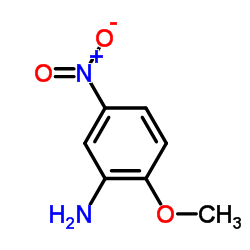
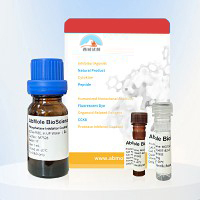
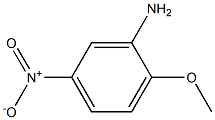
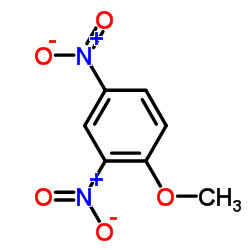


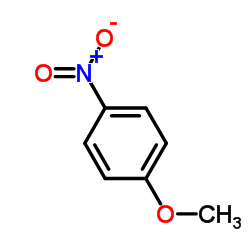


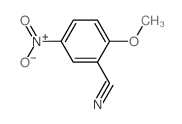
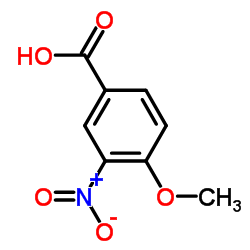

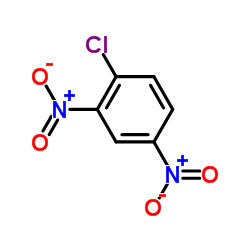

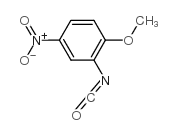
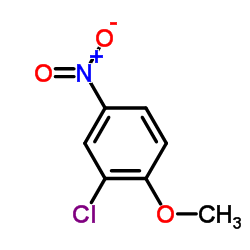
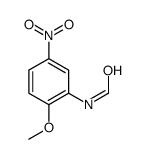
![N-[2-[(2-Bromo-4,6-dinitrophenyl)azo]-5-[(2-hydroxyethyl)amino]-4-methoxyphenyl]acetamide结构式](/20230522/26021-21-6.png)
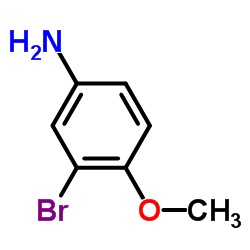
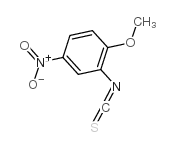
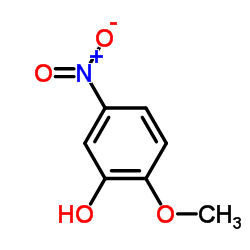
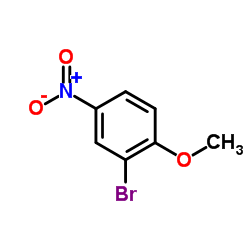





 浙公网安备 33010802013016号
浙公网安备 33010802013016号